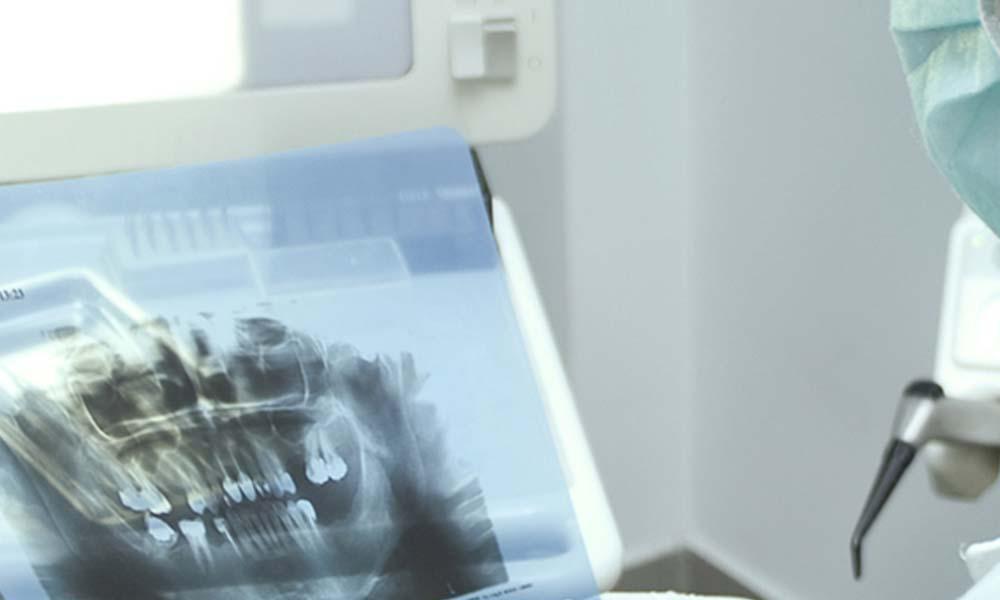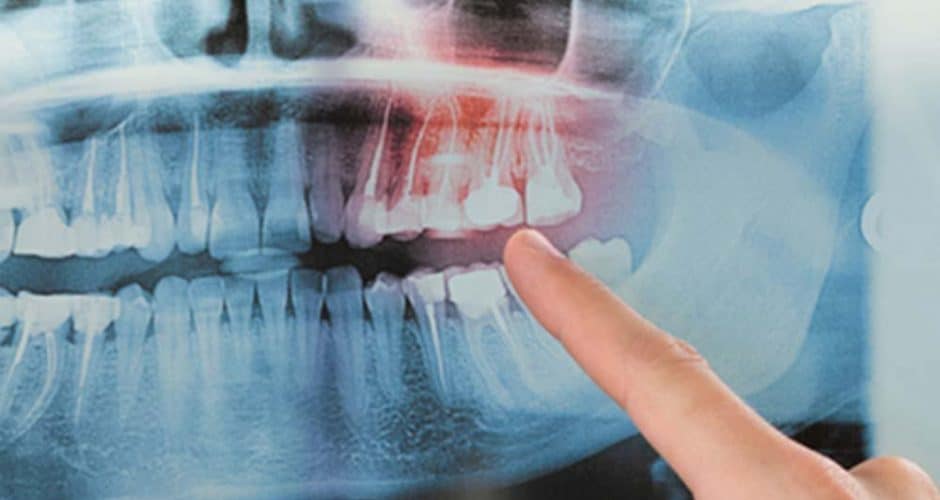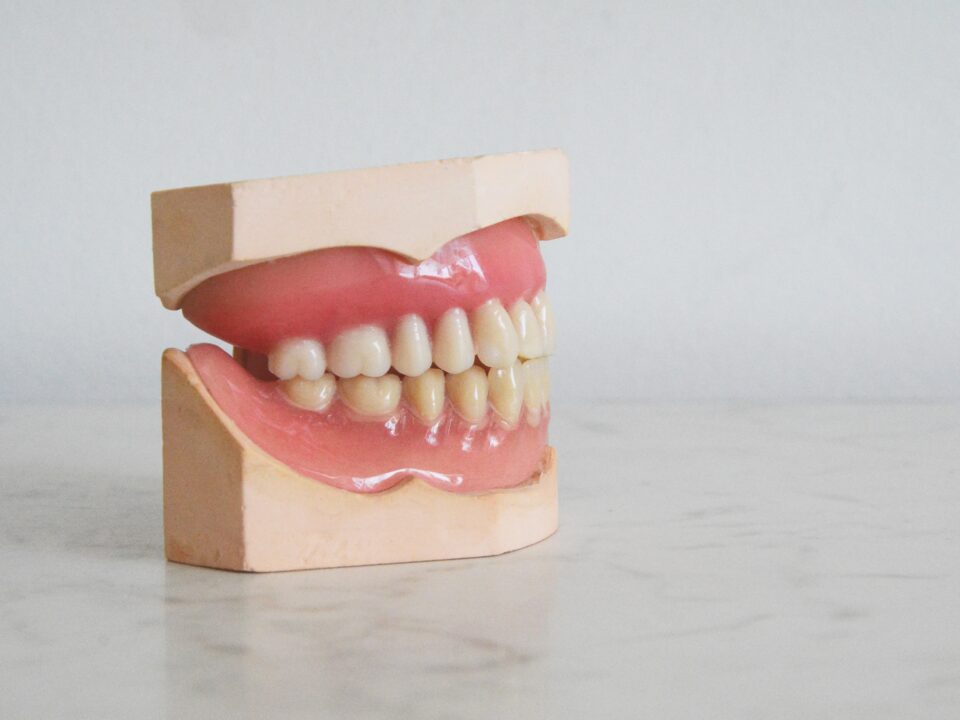
Receiving Dental Implants
November 14, 2012
Treat Periodontal Disease With Osseous Surgery
November 23, 2014What is periodontal maintenance, and how is it any different than the regular cleaning you’ve been having done most of your life? Well, a “regular cleaning,” or prophylaxis, is basically a preventative cleaning. When you have healthy gums and bones, you go into your dental office about every six months and get a cleaning of the coronal part of your tooth. This includes scaling and polishing procedures to remove plaque, calculus, and stains to help prevent you from getting periodontal disease.
What is “Coronal”?
Coronal is a term that refers to the crown of the tooth, covered in enamel, or the area of the tooth you can see above the gum-line if there is no recession. Once you’ve had periodontal disease, your new cleanings are now classified as periodontal maintenance cleanings.
[Related: Receding Gums]
Periodontal Maintenance Cleanings
Periodontal maintenance cleanings are more of a therapeutic cleaning. Maintenance cleanings clean more than just the bacteria, they are more focused on keeping your roots smooth and clean in order to improve the pockets your disease has created. Your hygienist will not only clean above the gum line on the enamel, but also below the gums on the root surface. They will remove soft deposits of plaque, hard deposits or tartar, and subsequently remove any diseased tissue via curettage.
Periodontal Disease is a Chronic Condition
Once you’ve been diagnosed with periodontal disease, you will always have periodontal disease, which means you will have to continue to come in for your periodontal maintenance cleanings. This is a chronic condition that can be controlled with good oral home care and regular maintenance, but cannot be “cured,” which is why it is so important to come in regularly.
How to Treat Periodontal Disease
The first step in treating gum disease is to get an SRP, AKA “scaling and root planing.” You may also have to get periodontal surgery. The goal of both the SRP and surgery is to stop the infection by cleaning and disinfecting the roots of your teeth above and below your gum line.
Unfortunately though, once you have periodontal disease, you’ve already sustained permanent damage that results in pockets (spaces between the teeth and gums that can trap tartar and plaque) that you cannot clean solely at home with brushing and flossing. This requires regular maintenance from your dental or periodontal office. Since it only takes three months for bacteria to grow and accumulate in these pockets after your cleanings, you need to come in three to four times a year in order to maintain the progress you’ve made and keep those pockets clean.
[Related: Options For Replacing Missing Teeth]
Keep Up on Periodontal Cleanings
The good news is that with these regular maintenance cleanings, you can shrink the pockets and create healthier gums. In the future, you may even be able to get back on a six-month program (though it will still be a periodontal maintenance cleaning, not a prophylaxis). Keeping up with these cleanings is important in order to keep the disease at bay. Periodontal disease is the leading cause of about 70% of adult tooth loss, and it affects three out of four people at some point in their life.
In conclusion, if you have periodontal disease, and you want to keep your teeth, you and your dental or periodontal office need to work as a team to keep your mouth healthy. Brush at least twice a day, floss at least once daily, and go in for your periodontal maintenance cleanings every three or four months.
As a bonus, quit smoking or using chewing tobacco. Tobacco products can make periodontal conditions more severe and more difficult to take care of. If you need resources or help on how to quit, make sure to ask your physician for different options and information.
[Related: Getting Over the Hurdles That Keep You From Seeing the Dentist]
Want to book an appointment or request a consultation? Contact Cascadia Dental Specialists today.





